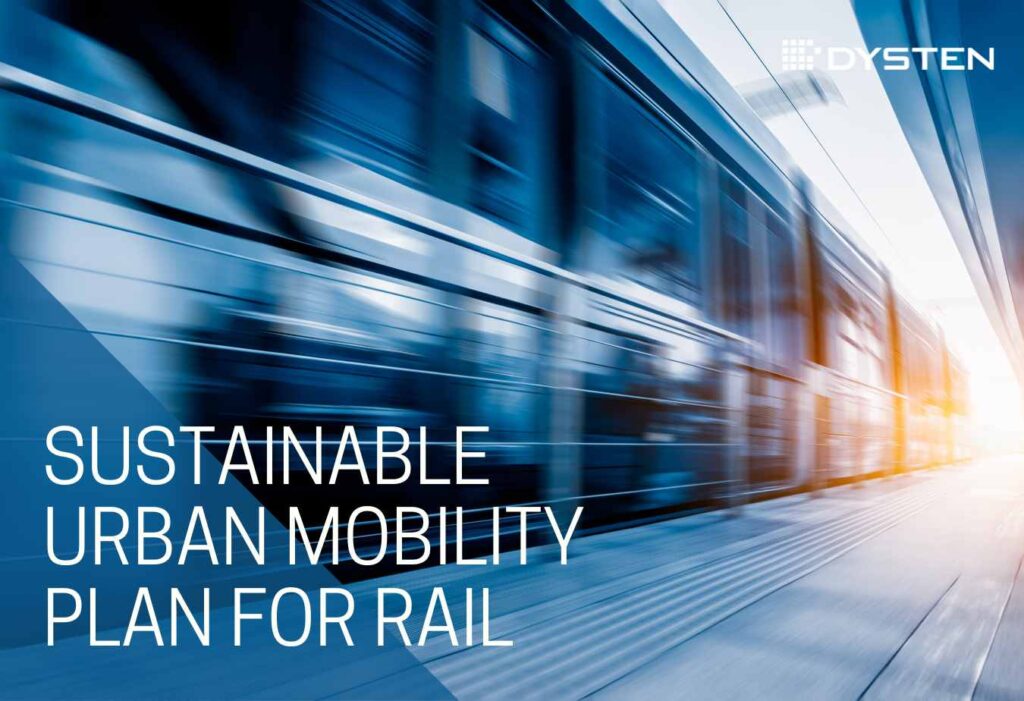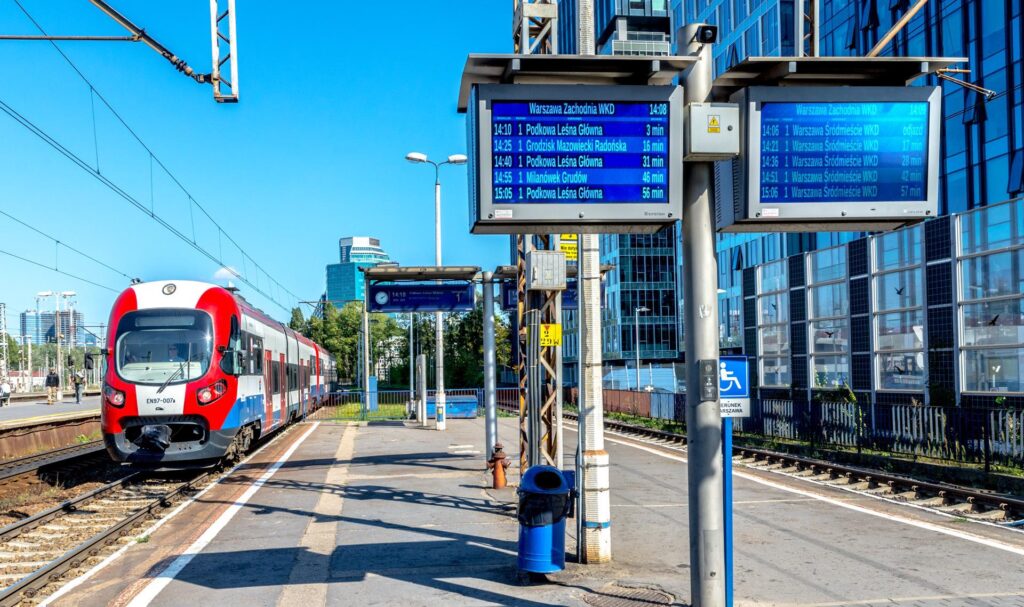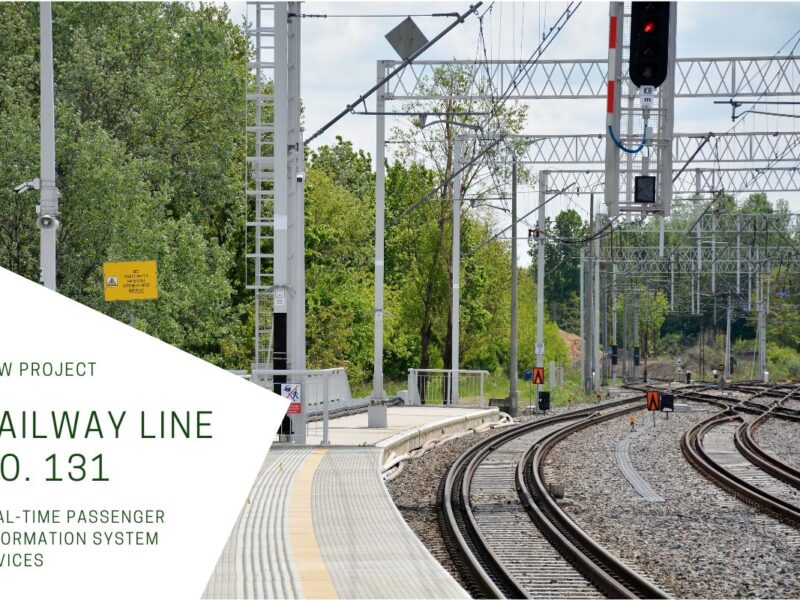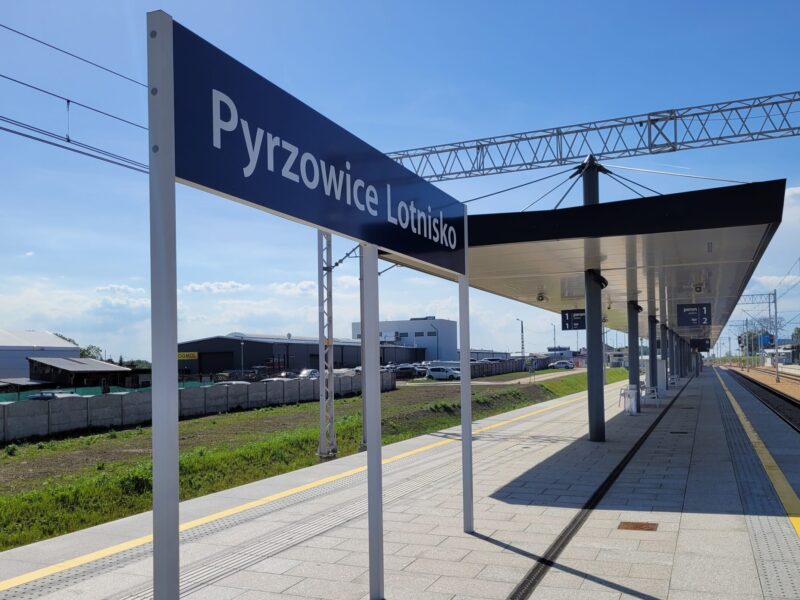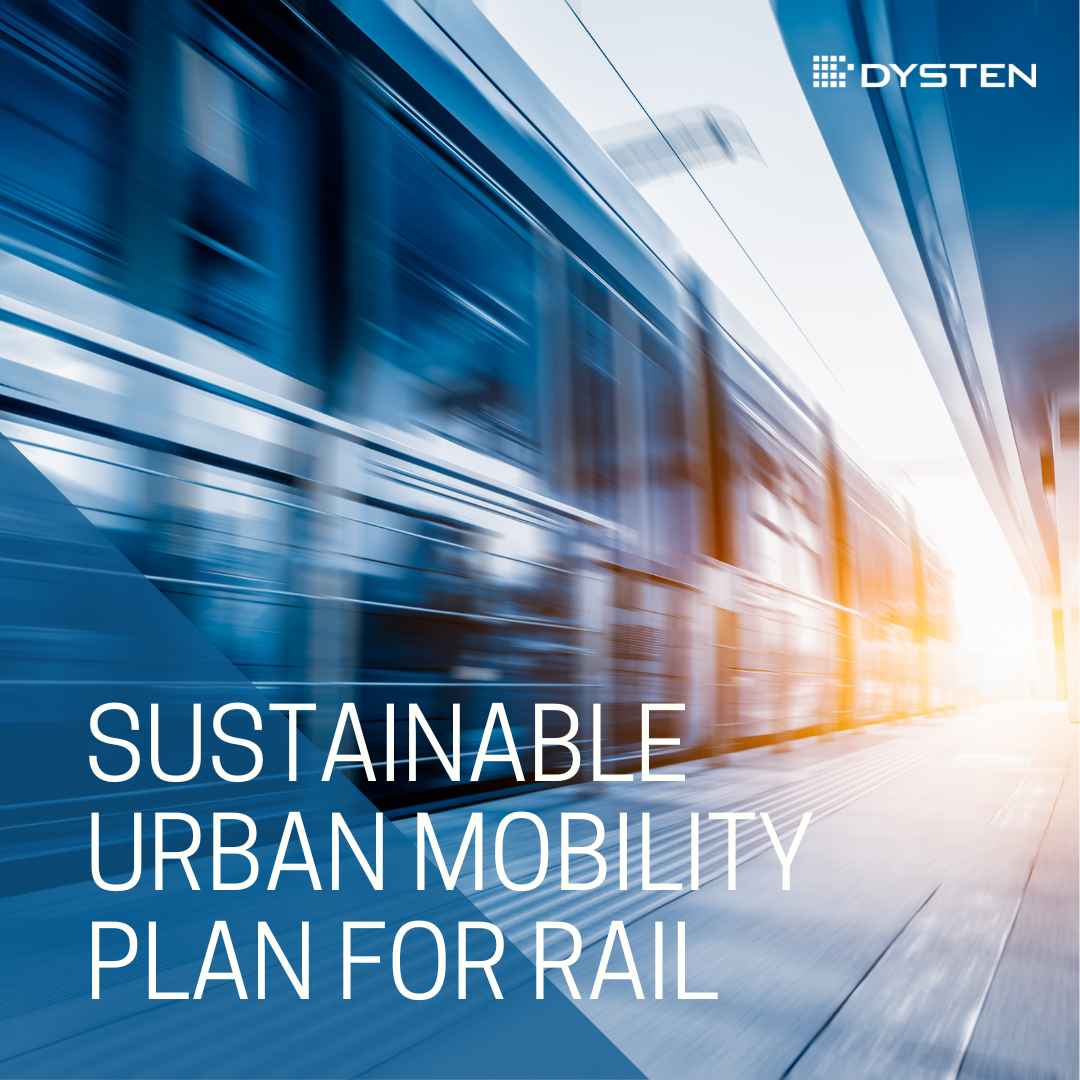
Sustainable Urban Mobility Plan (SUMP) for rail-based transportation
Urban transport, although necessary for the functioning of cities, can generate many environmental and organizational problems. Air emissions, congestion and noise are some of them. That is why the Sustainable Urban Mobility Plan (SUMP) has been gaining popularity in recent years.
The SUMP aims to create a city development plan that takes into account a harmonious and sustainable approach to its functioning, as well as integrating different areas related to transport and urban traffic. In this way, the aim is to create a coherent and efficient public transport system, as well as to minimise the negative effects associated with urban traffic. Full guidelines for the development and implementation of the Sustainable Urban Mobility Plan are available at The Urban Mobility Observatory.
The concept motivates the use of more environmentally friendly modes of transport and promotes their integration and sustainable development. The plan is crucial in solving urban transport problems and achieving environmental, social and economic goals at local and global levels.
One of the most important problems solved by the SUMP is air pollution and greenhouse gas emissions. One such solution is to increase the share of public transport, which is more environmentally friendly than private cars.
SUMP in rail transport
Rail-related SUMPs include, among others: integrating rail transport with other forms of urban transport, improving accessibility to railway stations, increasing the frequency of trains, increasing the share of rail transport in urban transport, promoting rail travel and introducing innovative technological solutions that will improve the rail travel experience.
The SUMP defines the following strategies for rail transport:
- increasing the efficiency of rail networks by improving intermodal cooperation and interoperability in metropolitan areas;
- increasing the capacity of railway infrastructure, introducing coherent and functional operating models for regional rail services that better respond to demand,
- decarbonization of rail transport and gradual transformation of rolling stock into a greener one.
The integration of rail transport with other forms of urban transport aims to facilitate and speed up transfers, allowing for faster and more efficient movement around the city. Improving accessibility to railway stations increases the possibilities of using rail transport by residents, and increasing the frequency of trains contributes to greater flexibility in the organization of journeys.
Polish cities in pursuit of Sustainable Urban Mobility
Pomeranian Metropolitan Railway (PMR) is one of the solutions introduced to improve Sustainable Urban Mobility in the Tri-City and the surrounding area. PMR is a railway line that connects Gdańsk, Gdynia and Sopot and their surroundings, providing fast and convenient connections between these areas. This provides an incentive to use rail transport, reducing air pollution and congestion.
PMR is integrated with other forms of transport in the Tri-City, such as buses and trams. As a result, people using PMR can more easily switch to other means of urban transport, which increases the flexibility and efficiency of the transport system. PMR provides easy access to railway stations in the Tri-City and its surroundings, which increases the accessibility of public transport for residents of these areas. This contributes to an increase in the number of people using public transport and a reduction in the number of private cars on the roads.
Dysten provided a visual and voice passenger information system for the pool of modernized stops in 2018. The system allows passengers to easily and quickly obtain information about rail connections, facilitating the planning of journeys and transfers, which increases the flexibility and efficiency of the transport system. Thanks to this, people using PMR can move around the city faster and more conveniently.
The Warsaw Commuter Railway (WCD) is one of the most important elements of the transport system in the capital of Polish. Its development and modernization contribute to the improvement of SUMPs in Warsaw and the surrounding area. It is one of the most important means of transport for the inhabitants of Warsaw. Residents can travel around the city more easily, faster and more conveniently, while relieving traffic by choosing public transport. By connecting to other means of public transport, such as buses and trams, WCD contributes to a more integrated and efficient transport system.
The journey is facilitated by Train Departures Displays in LCD TFT technology provided by DYSTEN. Electronic system of displaying passenger, visual and voice information was introduced on all served lines of the Warsaw Commuter Railway, increasing the convenience of travel and making it easier for passengers to orient themselves on the route. The system improves the quality of passenger service and increases the efficiency of the Warsaw Commuter Railway.
Another important element influencing the SUMP is the development of cycling infrastructure. WCD contributes to this by introducing special spaces for bicycles in trains and creating bicycle stations at WCD stops. Thanks to this solution, the inhabitants of Warsaw and the surrounding area can more easily and conveniently combine train travel with cycling.
The concept of a 15-minute city in pursuit of SUMP implementation
The idea of a 15-minute city assumes that their residents should have access to all necessary services and amenities within 15 minutes on foot or by bike from their place of residence. According to this concept, the city should be designed in a sustainable way so that residents have easy access to workplaces, education, commerce, culture, recreation and other important services, without the need for a car.
The introduction of the Pomeranian Metropolitan Railway (PMR) and the Warsaw Commuter Railway (WCD) largely corresponds to the idea of a 15-minute city. These systems provide residents with easy access to public transport, which allows them to move easily and quickly within the city. Residents who live in districts further away from the center can easily reach the train stations and then use public transport to reach their destination within 15 minutes.
Thanks to these transport solutions, city residents have easy and convenient access to public transport, which allows them to move around the city without having to use a car. This is done to develop sustainable urban mobility and reduce the number of cars on the road.
DYSTEN specializes in the production and delivery of solutions that help improve urban traffic, improve the quality of public transport and increase road safety. If you want to support the concept of Sustainable Urban Mobility – we encourage you to contact our company. Together, we can make a positive difference that benefits residents and the environment.



